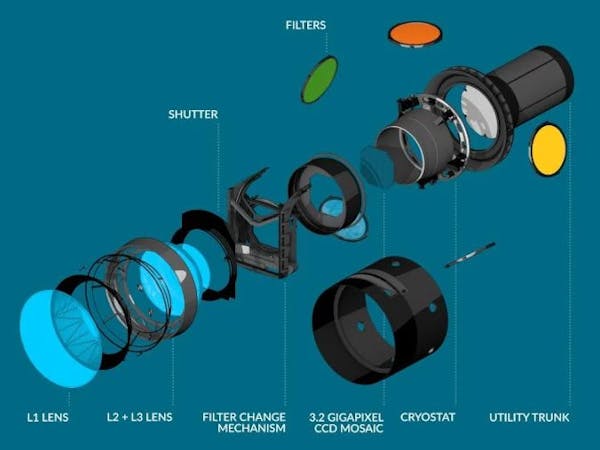-
Students, astronomy enthusiasts gather in Westfield for eclipse
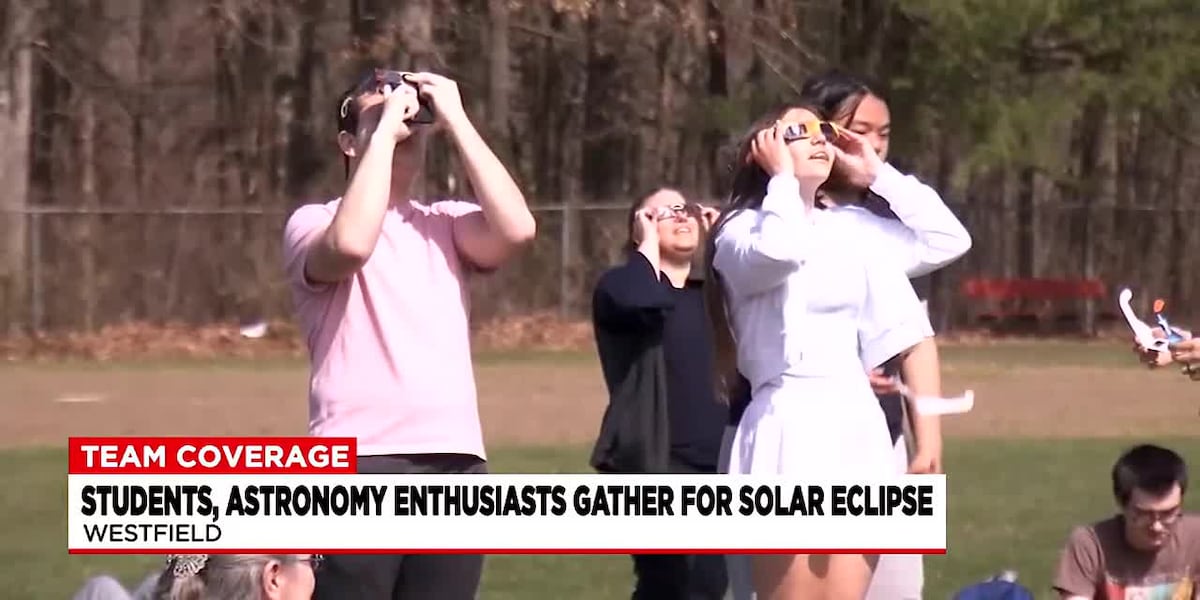
WESTFIELD, Mass. (WGGB/WSHM) – Our team coverage on the eclipse continues in Westfield where an eclipse watch party was underway. Western Mass News was on the front field over at Westfield High School where the Space and Astronomy Club held a viewing event for students and community members. Now, it really was a party here…
-
Astronomy Club educates students about universe, brings them together over outer space
The Astronomy Club at Illinois State University aims to educate students about the universe and to bring them together over a shared interest in outer space. The Astronomy Club hosts star parties, observations of the night sky on the quad, guest speakers, camping trips, planetarium shows and more. The club will soon be hosting a…
-
Astronomers detect potential ‘glory effect’ on a hellish distant world for the first time
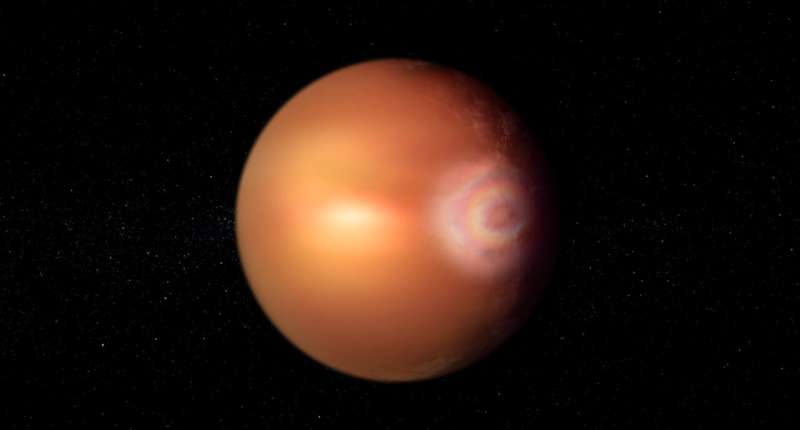
Artist impression of glory on exoplanet WASP-76b. Credit: European Space Agency Potential signs of the rainbow-like “glory effect” have been detected on a planet outside our solar system. Glory are colorful concentric rings of light that occur only under peculiar conditions. Data from ESA’s sensitive Characterizing ExOplanet Satellite, Cheops, along with several other ESA and…
-
Back in the ’90s, This Eclipse Webcast Put the Cosmos on Demand
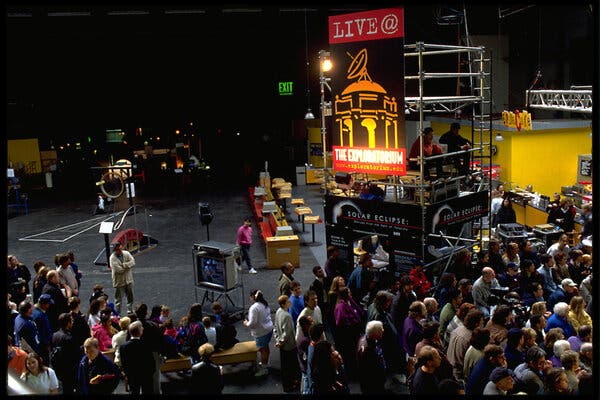
A total solar eclipse in Aruba was streamed to millions of users of the World Wide Web in 1998, helping to start an ongoing era of viral videos of space and astronomy. On Feb. 26, 1998, hundreds of people gathered to watch a total solar eclipse. The crowd gasped as the moon gobbled up the…
-
This Is the World’s Largest Astronomy Camera, a 3,200 Megapixel Beast to See Through Space and Time
The US Department of Energy’s SLAC National Accelerator Laboratory is celebrating a breakthrough: the development of the world’s largest digital camera, offering a whopping 3,200 megapixel resolution — and targeting the creation of the most detailed map of the night sky ever. “With the completion of the unique LSST [Legacy Survey of Space and Time]…
-
A Tantalizing ‘Hint’ That Astronomers Got Dark Energy All Wrong
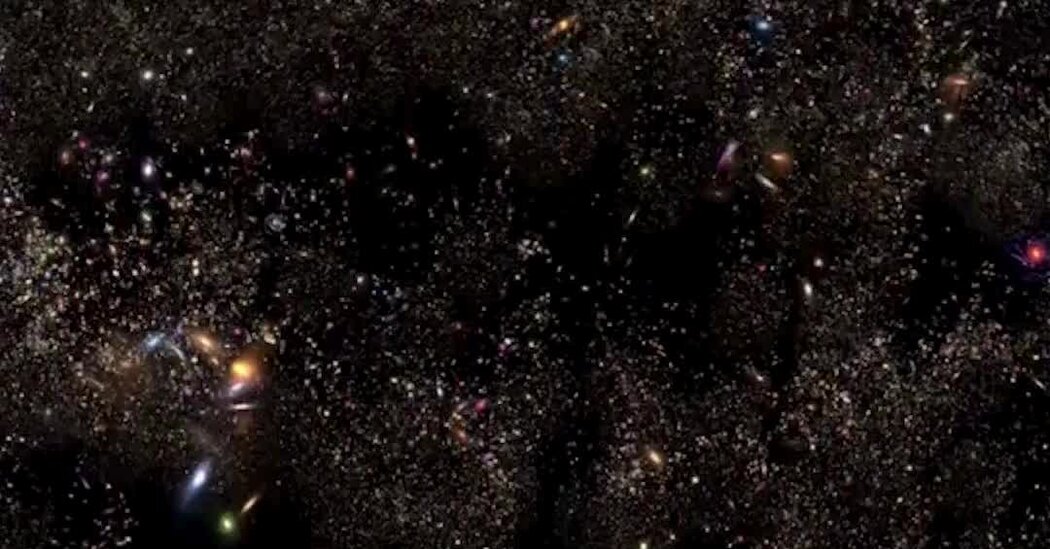
On Thursday, astronomers who are conducting what they describe as the biggest and most precise survey yet of the history of the universe announced that they might have discovered a major flaw in their understanding of dark energy, the mysterious force that is speeding up the expansion of the cosmos. Dark energy was assumed to…
-
US Aeronautics, Space Ambassadors Visit Premiere Academy In Abuja
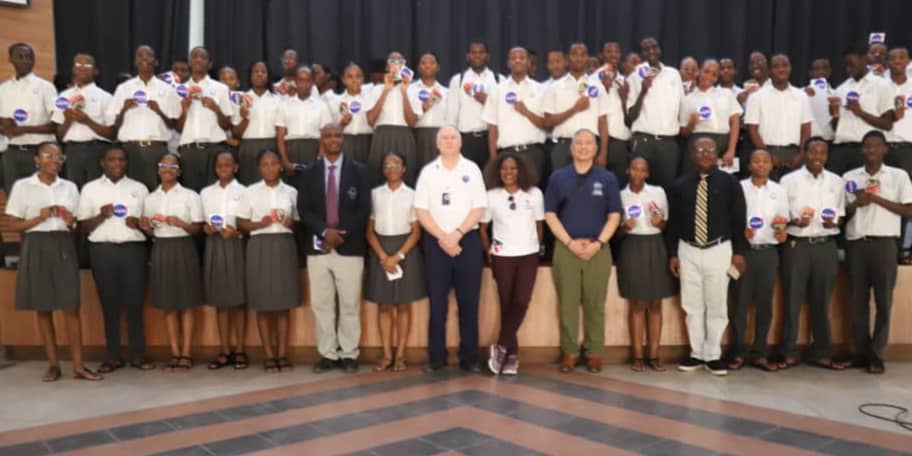
The United States’ National Aeronautics and Space Administration Agency (NASA), in conjunction with a Nigerian non-governmental organisation, Astronomers Without Borders (AWB) Nigeria, has commenced an educational initiative in the country to boost awareness about Astronomy and Space Science among Nigerian students. Under the Initiative, a team of NASA Ambassadors visited Nigeria recently on an exchange…
-
UMD-Led Astronomy Team Shows Off Stunning Capabilities of NASA’s Most…
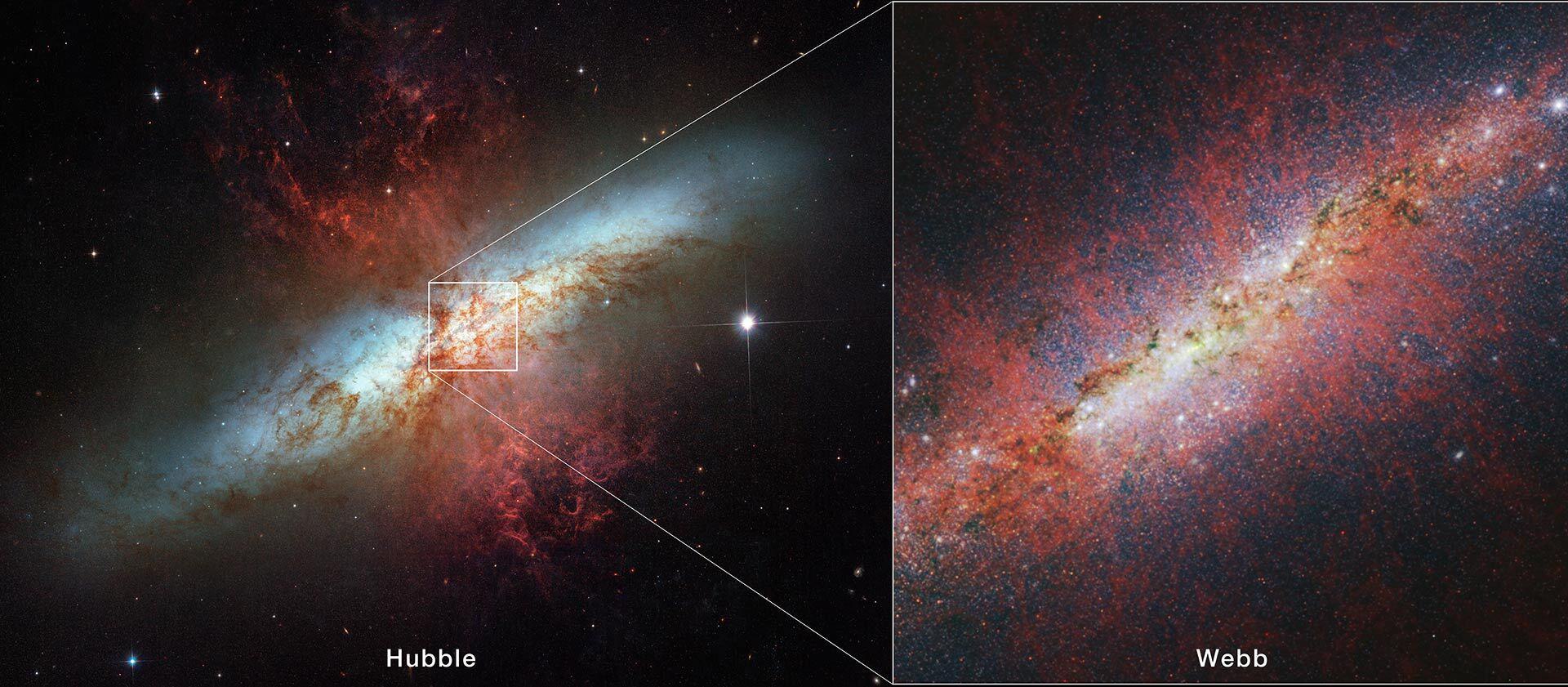
Star formation continues to be shrouded in mystery because the process can be hidden behind curtains of dust and gas. However, Webb’s infrared capabilities made it possible to peer through the murk using several wavelengths of light that highlight different properties of the galaxy. While dark brown tendrils of heavy dust are threaded throughout M82’s…
-
Revolutionizing Astronomy: The Legacy Survey of Space and Time (LSST) Camera Completion
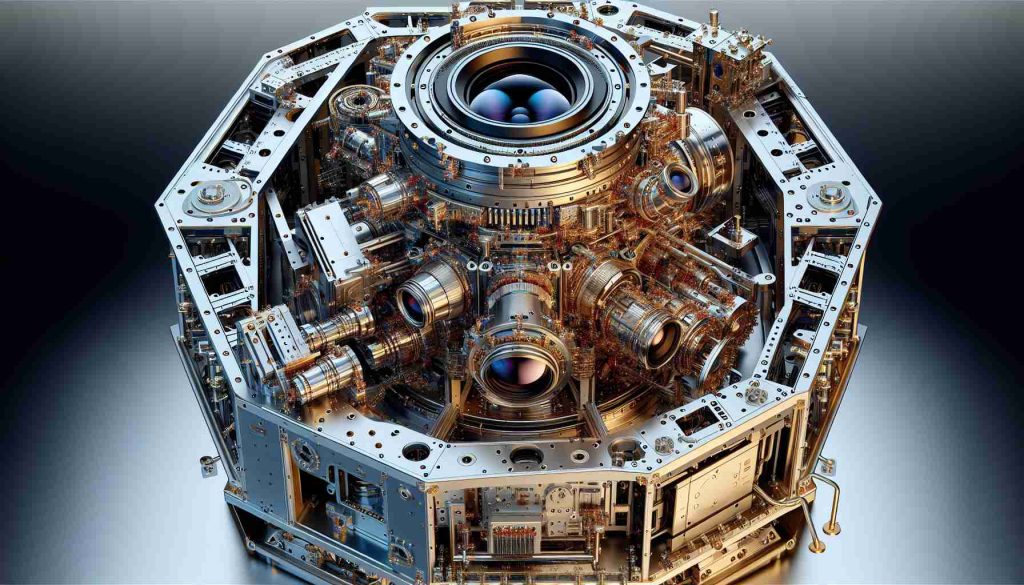
The astronomical community is abuzz with anticipation following the completion of the world’s most intricate 3,200-megapixel digital camera, constructed by the SLAC National Accelerator Laboratory. This incredible piece of technology is a game-changer for space research, promising to bring us closer than ever to unraveling the mysteries of dark energy and dark matter. The camera…
-
Like India’s PRATUSH, astronomers want to put telescopes on, around the moon
Astronomers are looking forward to opening a new window on the universe by posting high-resolution telescopes on the moon, and in orbit around it. There are numerous proposals to do this from astronomers around the world — including one from India called PRATUSH. On the earth, optical telescopes (which collect visible light at longer wavelengths)…
